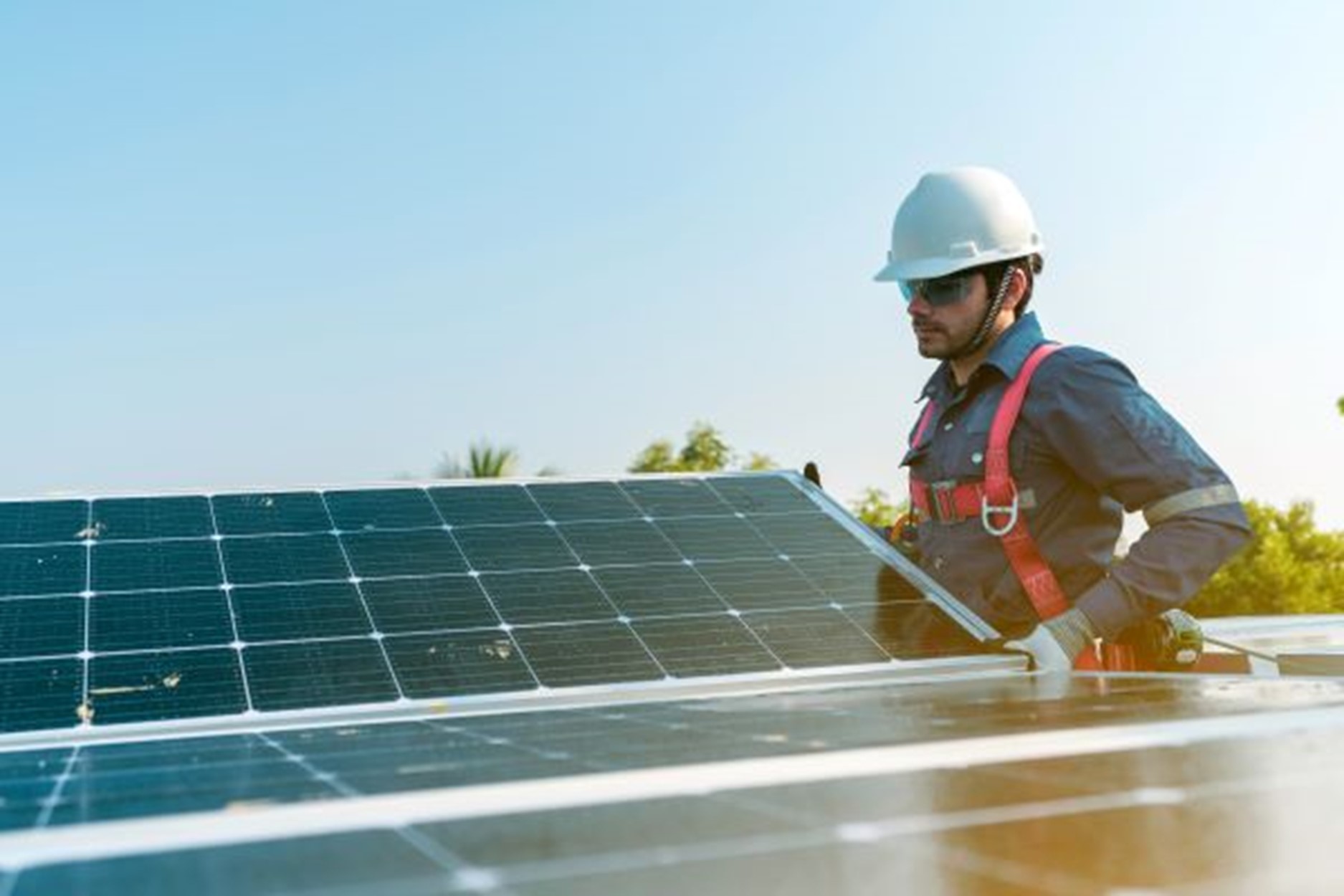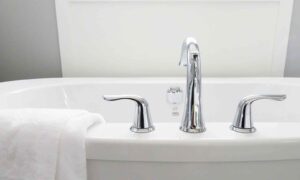There are many benefits to having solar panels installed on your roof. They can dramatically reduce your monthly energy costs, while also earning you potential tax credits and other government-sponsored rebates. Solar panels are also an excellent choice for environmentally conscious homeowners since they cut down on the need for harmful fossil fuels.
But while solar panels provide many benefits, they also create certain logistical challenges. In particular, when the time comes to repair or replace the roof in the home. Figuring out how to replace a roof with solar panels is a matter of understanding the logistics of the solar panel installation as well as the process of roof replacement itself.
Begin By Uninstalling the Solar Panels
Solar panel installation and roof replacement are separate tasks, often performed by different contractors. A roof is not replaced with solar panels attached. Instead, the solar panels are removed, the roof replaced, and then the solar panels are reattached.
Like the roof itself, solar panels have to be able to stand up to wind, rain, snow, and any other inclement weather conditions that may occur in your area. This means they need to be constructed very strongly and mounted to your roof very sturdily. They are often bolted down with heavy-duty metal fixtures. This means that they are not easy to remove since they are specifically designed to remain in place regardless of external conditions.
Due to the difficulty inherent in removing solar panels, it’s important the task be performed by a trained professional. In most cases, the panels will have been installed by a company that specializes in solar power specifically. However, occasionally, roofing contractors may also be able to perform the task. Whoever you employ to get the job done, make sure they are experienced with solar panels, as they are expensive equipment, and safety is of critical importance due to the live electricity element involved.
Your professional solar panel expert will carefully remove the bolts that keep the solar panels in place. They will then remove the panels one by one, and these will be placed in storage until such time as it’s possible to reinstall them.
Use the Opportunity to Have Your Solar Panels Inspected
Much like your new roof, your solar panels will need regular repair and maintenance to extend their useful life as long as possible. If the solar panels are removed from the roof so that the roof can be replaced, this is an excellent opportunity to have them inspected by a licensed professional.
Inspection and maintenance of solar panels involve utilizing a digital monitoring system to check the output of the panels. Often, solar panels fail to produce as much energy as they should due to the fact that they require cleaning. There may be other reasons why your solar panels are not operating at maximum capacity. Repairing any issues that may have arisen is another critical element of solar panel maintenance.
Eventually, you may realize that the solar panels that have been on your roof do not seem as effective as newer models, and if this is the case, you must be prepared to replace them entirely. While solar panels can last for a very long time if they are properly maintained, they will still gradually lose effectiveness after a certain number of years. Or they may simply become obsolete due to advances in solar energy technology. If any of these things prove to be true for your solar panels, it may be time to install new ones when your new roof is installed.
Choose the Correct Materials for Your New Roof
Since you’ll be reinstalling the solar panels after the roof has been replaced, you will need to ensure that the roof is made from the correct material to support them. The fact is that the installation process requires drilling into the roofing material so it must be strong and sturdy enough to support this.
One of the best roofing materials overall is asphalt shingles. These are lightweight, inexpensive, and extremely water resistant. The flexibility of asphalt shingles also allows solar panels to be installed on top of them without seriously straining the integrity of the roof.
Metal rooftops are also good for solar panel installation because they are extremely durable and may not even require any drilling. The solar panels can simply be affixed to the standing seams of the rooftop itself. There are also downsides to using metal roofs for the job well. In particular, they are expensive and tend to be quite noisy when it rains.
Solar panels can also be installed over tile roofs, although these pose a bit more of a logistical challenge. You will have to have a special mount installed to hold the panels in place and may need to have some of the tiles removed.
Other Important Considerations
When considering how to replace a roof with solar panels, you must account for the fact that the panels require a sturdy foundation to remain in place. This means you should never install solar panels on an old or worn-out roof. If you do, they may damage the roof or require replacement sooner than you’d like and force you to have the panels removed and installed again. Your best bet is to always install solar panels on top of a new roof, regardless of the material that is used in its construction.
Remember that different roofs will affect the efficacy of the solar panels. Roofs that are too steep, for example, will have a more difficult time absorbing solar energy. The best angle for a roof that is used for solar power is around 30 degrees. Perhaps the most important consideration when replacing a roof with solar panels is to ensure you have the right contractor for the job. Do some research to find the right roofing business in your area. It should be a company that understands solar panel installation and how it works. Companies like Interstate Roofing frequently deal with rooftops that are used for solar panels so they will be knowledgeable of the expectations in this area.








